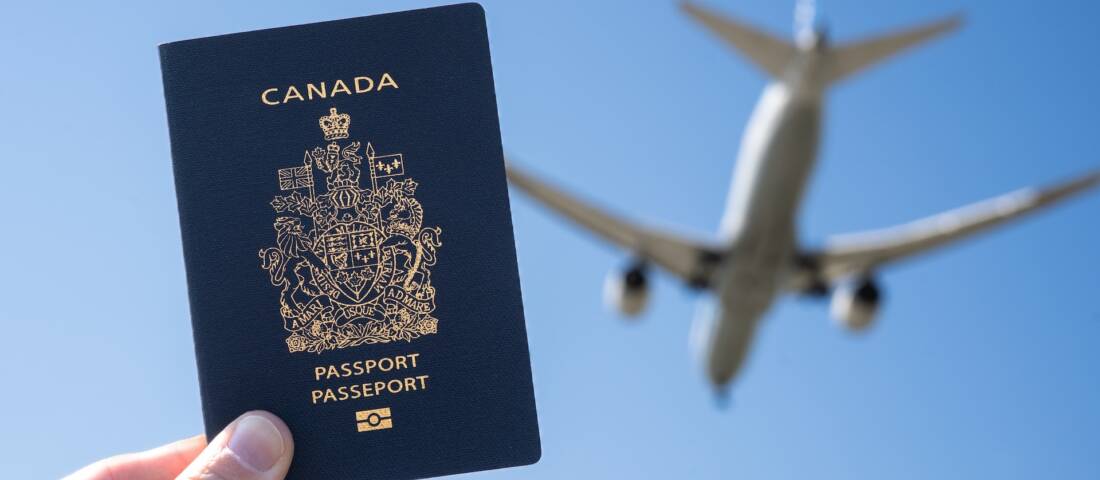The goal of Canada's Temporary Foreign Worker Program (TFWP) is to fill short-term labour shortages and it is a last resort for employers to fill jobs for which qualified Canadians are not available.
To work in Canada as a TFW a job offer is required, and the employer must complete an LMIA to determine if hiring a foreign national will have a positive or negative impact on the Canadian economy. If the employer receives a positive LMIA, the worker must then apply for a Work Permit, temporary resident visa or other documentation that is required based on their nationality and the specific job they will be performing in Canada.
Some of the popular TFW programs are the
- Live-in Caregiver Program
- Seasonal Agricultural Program
- North American Free Trade Agreement (NAFTA)
- Intra-Company Transfer
Canada’s immigration selection system tends to favour candidates who possess higher education, Canadian work experience and official language abilities. Certain work experience gained as a TFW could be eligible under the Canadian Experience Class and towards the Express Entry Comprehensive Ranking System score.
What's Your Express Entry Score?
Most temporary foreign workers leave at the end of their first Work Permit, but the tendency to stay longer in Canada is increasing. The duration of the stay of temporary foreign workers in Canada is strictly regulated by their Work Permit terms.
Government policies and regulations set the path for temporary residents remaining in Canada either as temporary or permanent. Each stream of temporary Work Permits targets specific industries, skill levels or countries involved in international agreements with Canada.






